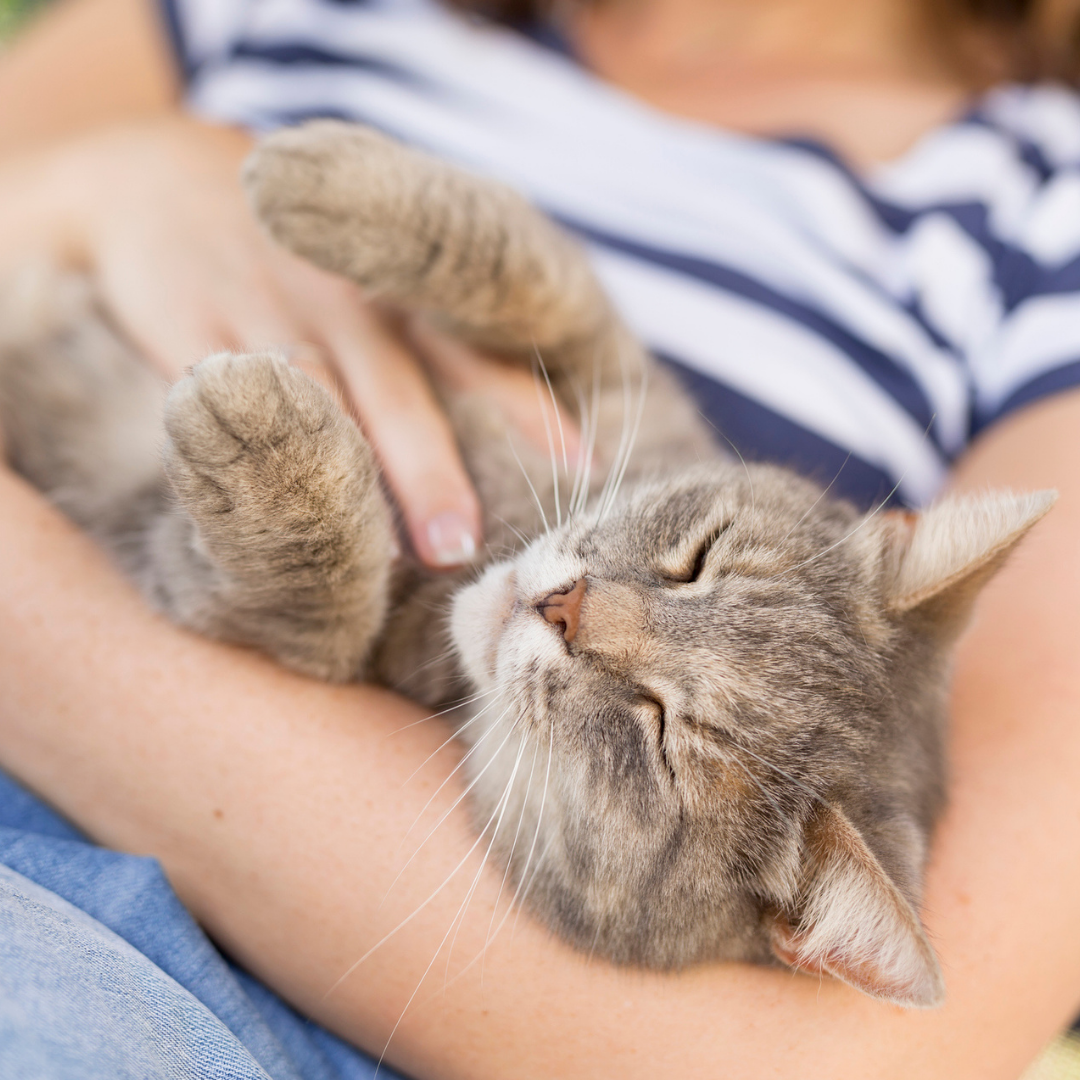It’s a common misconception that cats can’t be trained. While cats may outwardly seem less responsive to training than dogs, cats are receptive to various training methods. Cat training is especially effective when you start training during kittenhood. Ultimately, training your kitten is about bonding with them and understanding their motivation. Kittens can be independent, so training often takes patience and creativity. Whether you’re wondering how to keep cats off counters and tables or hoping to teach your kitten a few new tricks, here’s a few tips you can take to make the training process simple and enjoyable.
- Use plenty of treats
Using food-based rewards can be a powerful tool when training your kitten. Once you’ve socialized your kitten with humans and other pets, you can begin the training process by determining which treats tickle your cat’s fancy. When you choose the right treat, use positive reinforcement to train your cat. Paired with their favorite reward, spoken cues and verbal affirmations are effective ways to guide your cat toward the behavior you want to reinforce. Be sure to select a treat that is low in fat and high in protein, like our Get Naked Soft Treats.
- Training before meals
Use the time directly before each meal to work on new behaviors with your kitten. When they’re hungry, kittens and cats are much more receptive to training. Never deny your cat food. Rather, use mealtime to hold your kitten’s attention and increase the power of your treats.
- Eliminate distractions
Background noise, such as TV conversations or the stereo, can pull your kitten’s focus away from you — especially when they are young. Try to train in a quiet place whenever possible. Keep training brief.
- Keep your kitty training sessions under 15 minutes
Cats get bored quite easily. Don’t let your sessions run long enough to become dull for your kitten. Be consistent. Always use the same signals and cues. But don’t be afraid to switch up the type of treat you use to keep things fresh for your little student.
- Tackle one skill at a time
For kittens and puppies alike, it's most effective to focus on one skill at a time. Overloading your kitten will make training stressful and unproductive. Always master one skill before moving on to another.
- Be patient
When using treats, be patient. Don’t start until you know you have your kitten’s attention. Be open to pausing your session if your kitten gets distracted.
- Get out and socialize - early
The prime socialization period for kittens is between two and seven weeks of age. Many cats are frightened as adults and hide when visitors come over because they were only exposed to a limited number of people outside of their family during their socialization period. Counter this by taking various fun-filled outings with your kitten and inviting a variety of people over to your home. Pair each new experience with treats, toys, petting and praise, and avoid pushing your kitten to the point where he reacts out of fear. Using a kitten harness and leash makes it easy to take your kitten with you when you take trips to a friend’s house or to the farmer’s market, and the best way to be sure your cat is comfortable around a variety of animals, such as dogs, is to introduce him to relaxed and cat-friendly dogs while still a kitten. But before you expose your feline to other cats, visit your veterinarian to make sure he is protected with the proper vaccinations.
Following these simple tips will help you get the most out of training and bonding with your feline friend.







